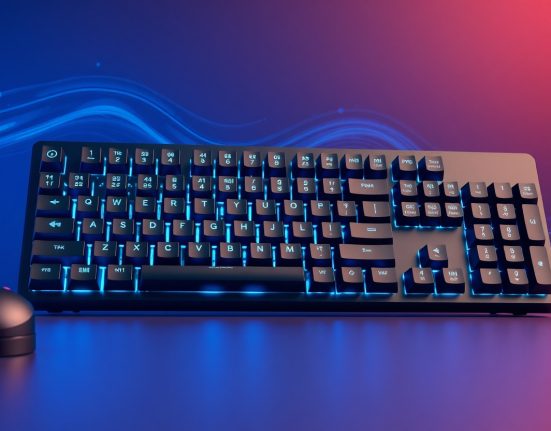Eye tracking is such a fascinating field that has grown a lot over the past decade, and nowadays it’s making a strong entrance into new hardware technologies. At first glance, it seems simple—technology that figures out where a person is looking—but underneath, there’s a complex world of algorithms, sensors, and advanced optics. Thanks to recent progress in hardware, eye tracking systems are now being integrated into all kinds of devices, from laptops and smartphones to virtual reality (VR) headsets and even self-driving cars.
The basic idea behind eye tracking is to give devices the ability to “understand” what the user intends in real time. For example, VR glasses with eye tracking can adjust the image quality only where the user is focusing, saving processing power and making the experience smoother and more immersive. The system uses tiny infrared cameras and clever optics to detect pupil movement, gaze direction, and focus. Just a few years ago, this kind of tech was expensive and bulky, but thanks to new developments in sensors and processors, these systems have become much smaller, more accurate, and affordable.
One of the coolest trends is how eye tracking is being added to mobile devices. With smaller cameras and dedicated AI chips, smartphone makers can now create new user interfaces based on eye movements. This is not just about convenience—it can also improve safety. For example, the phone can detect if you’re getting tired while driving or if your attention is drifting. This technology is becoming a key tool to make human-device interaction more natural and intuitive, and developers are excited about the new kinds of experiences they can build around it.
But eye tracking hardware isn’t limited to personal gadgets anymore. It’s also making waves in healthcare, helping with neurological tests and developmental assessments. In research, analyzing eye movements offers deep insights into human behavior and thought processes. The gaming industry is another area where this tech is breaking new ground, allowing games to respond instantly to where a player is looking—creating more realistic and personalized gameplay. Plus, with new hardware that supports touchless interaction, eye tracking is gaining popularity in times when hygiene is a top priority.
Overall, combining eye tracking tech with advanced hardware opens up amazing possibilities. More and more companies are investing in tiny, energy-efficient components that easily connect with existing systems. The future promises nearly invisible integration of this technology into everyday devices—not just computers and phones, but wearable gadgets, smart cars, and smart homes too.
Personally, I’m really excited about how eye tracking is becoming a core part of new hardware, letting us experience technology in a fresh, intuitive way with the potential to totally change how we interact with the digital world. This field is evolving fast, and anyone who’s familiar with it knows there’s a thrilling future full of opportunities ahead.














